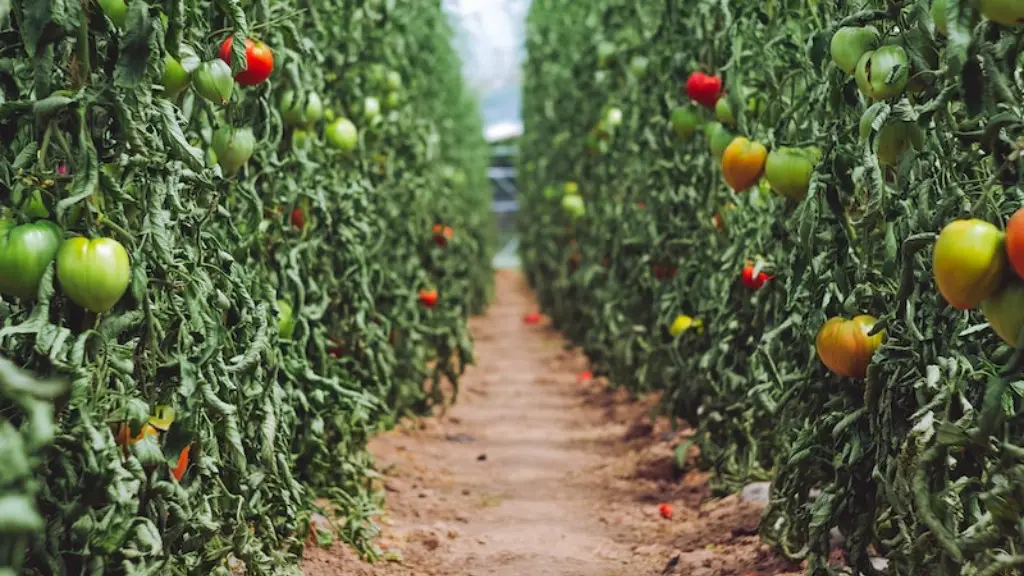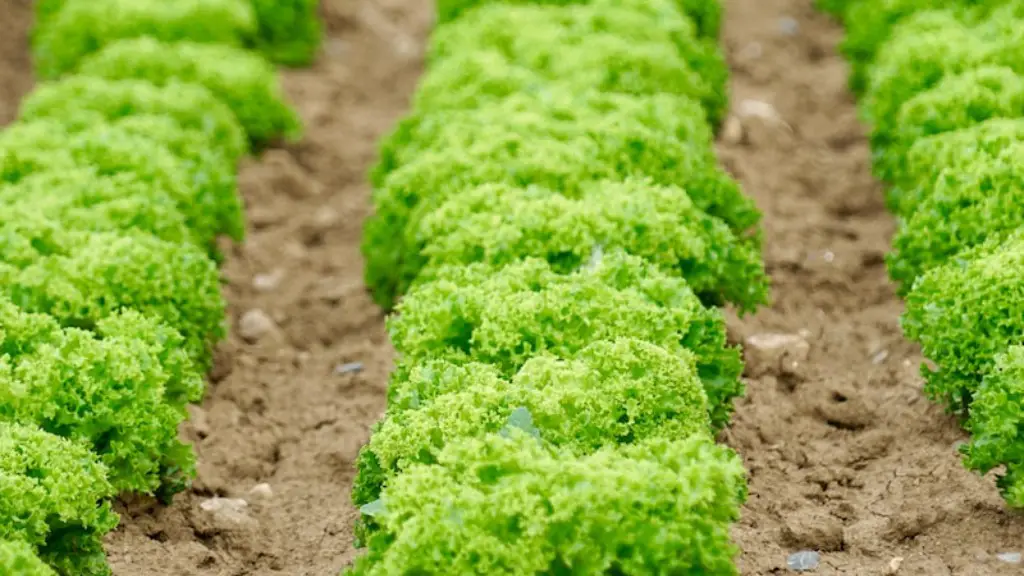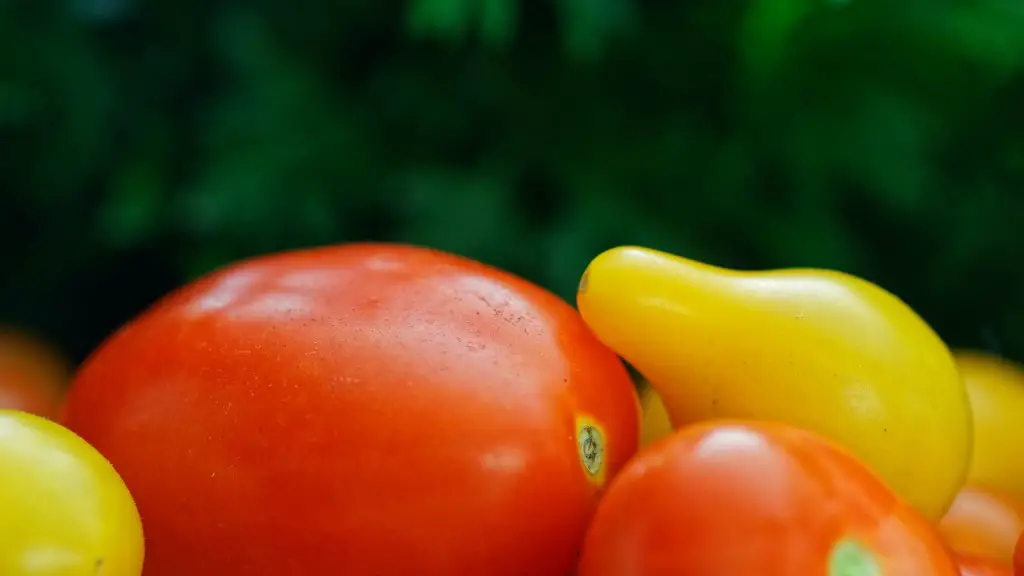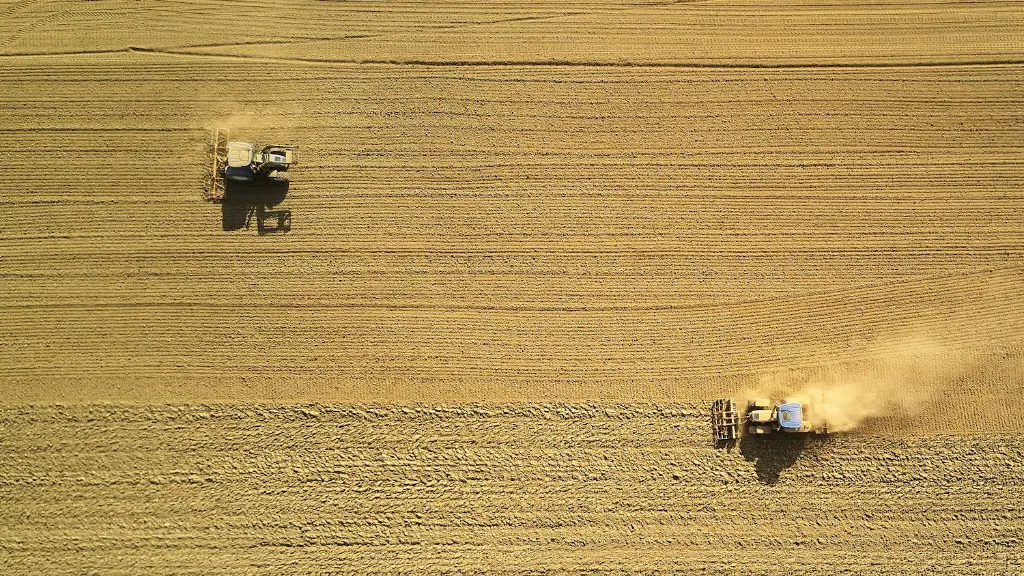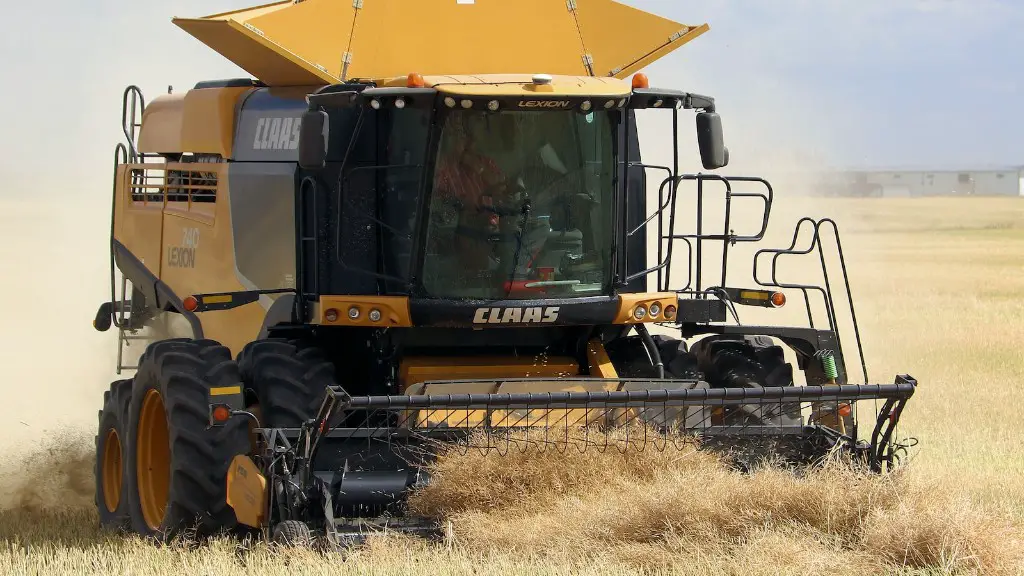Rising global temperatures, melting of glaciers, and rising sea levels, are all reasons to be concerned about climate change. Carbon emissions are a major contributor, and agriculture is a key sector responsible for emissions. As such, finding ways to reduce the carbon footprint of agriculture is important. There are several techniques and strategies which can help lessen the impact of agricultural activity.
One of the most effective methods for reducing carbon in the atmosphere is to practice no-till farming. Rather than ploughing the soil before planting, the top layers are left untouched, reducing the amount of carbon dioxide released. Additionally, no-till farming results in less soil erosion, increased water infiltration and higher crop yields.
Rotational grazing, or moving livestock from one area of pasture to another, is another way to improve the carbon-efficiency of farming. This helps create a healthier soil, which acts like a sponge and absorbs more carbon. In addition, changes in grazing management can lead to greater biomass production, thus increasing the carbon that plants can store in the soil.
Organic and sustainable farming practices, such as integrated pest management, utilize fewer chemicals, resulting in lower emissions and a smaller carbon footprint. Farm equipment such as tractors and other machinery require fuel, so consider using low carbon-emitting fuels, such as biodiesel. This helps keep carbon emission levels low and saves the farmer money.
Planting trees on your farm is another good option for reducing carbon emissions. Trees absorb carbon from the atmosphere and store it in their leaves, roots and branches. They also provide a source of shelter and food to animals, while also reducing wind and soil erosion. Additionally, trees help cool down the environment by providing shade, which in turn reducing heat-trapping emissions.
Finally, farmers should consider investing in renewable energy technologies, such as solar, wind, and geothermal. Switching to these energy sources helps reduce the dependence on fossil fuels, and generate more sustainable electricity. In addition, many of the technologies are now eligible for government subsidies and incentives — making the switch to renewable energy even more efficient.
Reducing Food Wastage
When it comes to reducing the agriculture-induced carbon footprint, food wastage is an oft-neglected avenue. It is estimated that a third of food produced for human consumption every year is wasted, and the carbon emissions associated with the production of this food is among the largest components of agricultural emissions. To reduce carbon emissions, farmers must reduce their levels of food wastage. This can be done through improved storage and handling of produce, as well as better communication with retailers on stock levels to ensure that only what is demand is produced.
Farms also need to focus on reducing packaging waste. Much of the packaging used in agriculture is not biodegradable, and results in additional carbon footprint. Therefore, ensuring that packaging is kept to a minimum, and that all packaging is made out of biodegradable materials, is essential. Packaging can also be reduced by engaging in the sale of unpackaged produce, such as bulk almonds or apples, so shoppers can weigh their own produce and put it into their own containers.
Other strategies to decrease the carbon emissions associated with food production include fertilization management, utilizing renewable energy in farming operations, and harvesting methods that are not energy-intensive. For instance, a farmer could use hand tools to pick apples rather than an automated harvesting system that requires fuel-burning machinery.
Finally, agroforestry can be a key part of reducing agricultural carbon emissions. In agroforestry, trees, shrubs and other plants are grown around and between crop fields. This reduces carbon emissions by capturing carbon dioxide and converting it into biomass, and also reduces the risk of soil erosion, salinization and nutrient loss.
Improved Livestock Management
To reduce carbon emissions from agriculture, improved livestock management is key. Livestock accounts for 14.5% of human-induced greenhouse gas emissions — more than the emissions from transportation. As such, it is essential that farmers improve the efficiency of their livestock operations. This can be done through improved grazing management, better use of animal feed, and improved animal genetics.
Grazing management is important in reducing emissions. Rotational grazing, where animals are moved from one area of pasture to another, can help reduce methane production, as animals are better able to find food. In addition, providing livestock with high-quality feed, such as hay and silage, can reduce the amount of methane produced during digestion.
Improving the efficiency of animal genetics also helps reduce agricultural emissions. By selecting animals with increased growth rates and feed efficiency, farmers can reduce the amount of feed, land, and water required — all of which reduce overall emissions.
Finally, farmers should ensure their livestock are healthy. Unhealthy animals produce more diseases and require additional feed, medicine, and energy for their care, all of which increase emissions. In order to keep animals healthy and reduce emissions, animal housing needs to be adequate, and sufficient attention needs to be given to preventative measures, such as vaccinations.
Reducing Inputs
Reducing inputs is essential to reducing the overall carbon footprint of agriculture. This can be achieved through reduced tillage and fertilizer use, improved irrigation systems and water conservation, and more efficient use of energy. Reducing tillage involves practices such as no-till farming and reduced planting depths, both of which help reduce the amount of energy and emissions required during the tillage process.
Fertilizers are an important input for ensuring soil fertility and crop health, however, using too much fertilizer can increase the amount of nitrous oxide (a powerful greenhouse gas) released from the soil. Therefore, farmers should ensure that they carefully calculate their fertilizer needs, and pay special attention to nitrogen management in order to reduce nitrous oxide emissions.
Improved irrigation systems are also key to reducing emissions. For example, subsurface drip irrigation uses buried pipes to deliver water directly to the root zone of the plants, and this allows for more precise water application and reduced water evaporation. Drip irrigation also helps reduce runoff, thus preventing the pollution of nearby waterways.
Finally, using energy-efficient equipment and practices can help reduce the carbon emissions from farming operations. This includes using fuel-efficient tractors and flotation tires, and using streamline processes, such as combine harvesting to reduce the amount of energy used during harvesting.
Sustainable Farming Practices
Sustainable farming practices are a key part of reducing agricultural carbon emissions. Sustainable farming is the practice of using techniques which are beneficial for the environment, while maintaining crop production. This includes practices such as integrated crop and pest management, cover-cropping, and sustainable soil management.
Integrated crop and pest management involves using a combination of physical, cultural, and biological techniques in order to reduce pest populations and food loss, while being mindful of the environment. This can include the release of beneficial predators, the use of natural pesticides, and the rotation of crops.
Cover-cropping is a farming practice where non-cash crops are planted between cash crops. This helps reduce soil erosion, reduce fertilizer leaching, and stimulate beneficial soil microorganisms. Additionally, cover-crops can increase the carbon stored in the soil, reducing the release of carbon dioxide.
Finally, sustainable soil management means creating and maintaining healthy soils that are capable of producing quality crops for generations to come. This includes practices such as the use of green manures and composts and the reduction of tillage in order to promote the health of the soil and reduce the amount of carbon released into the atmosphere.
Carbon Sinks
Carbon sinks are another important source of reducing agricultural carbon emissions. Carbon sinks are areas in the environment which are capable of absorbing more carbon dioxide than they emit. This means that the carbon dioxide that these areas absorb can be locked away and stored, rather than being released into the atmosphere. Some examples of carbon sinks include wetlands, forests, and soils.
Wetlands play an important role in the carbon cycle, as they contain large amounts of carbon stored in their soils, and they also act as carbon sinks by storing excess carbon dioxide. Forests are another key carbon sink, as they absorb large amounts of carbon dioxide from the atmosphere and store it in their trunks and roots.
Finally, soils are an important carbon sink. Soil can absorb and store large amounts of carbon dioxide, and practices such as no-till farming, reduced tillage, and cover-cropping can be used to ensure that soils remain healthy and capable of storing carbon.
In conclusion, reducing the carbon footprint of agriculture is of utmost importance — as it contributes significantly to global emissions. There are several strategies that can help lessen the impact of agricultural activity, such as no-till farming, rotational grazing, switching to renewable energy sources, reducing food wastage, improved livestock management, reducing inputs and implementing sustainable farming practices, and utilizing carbon sinks.

